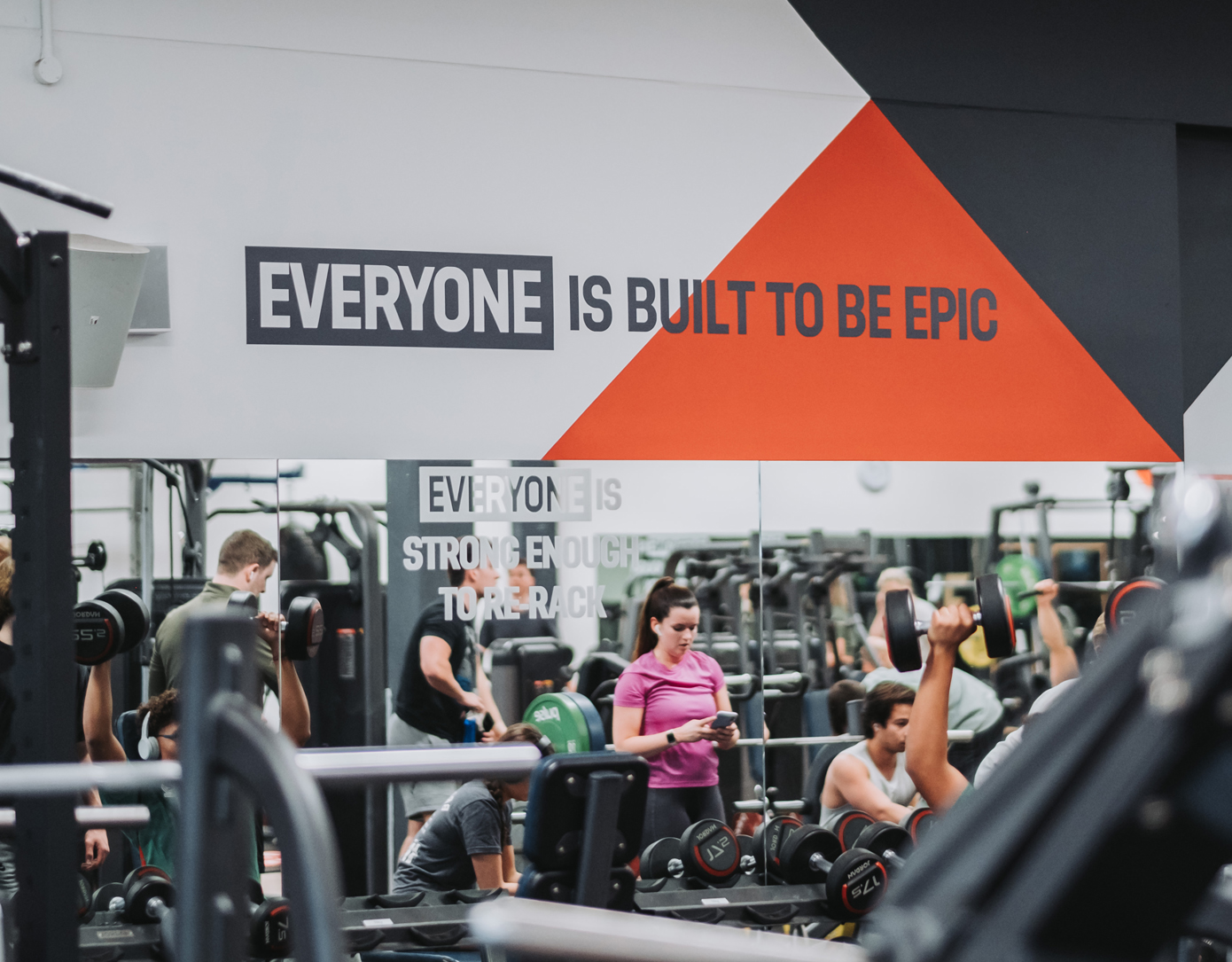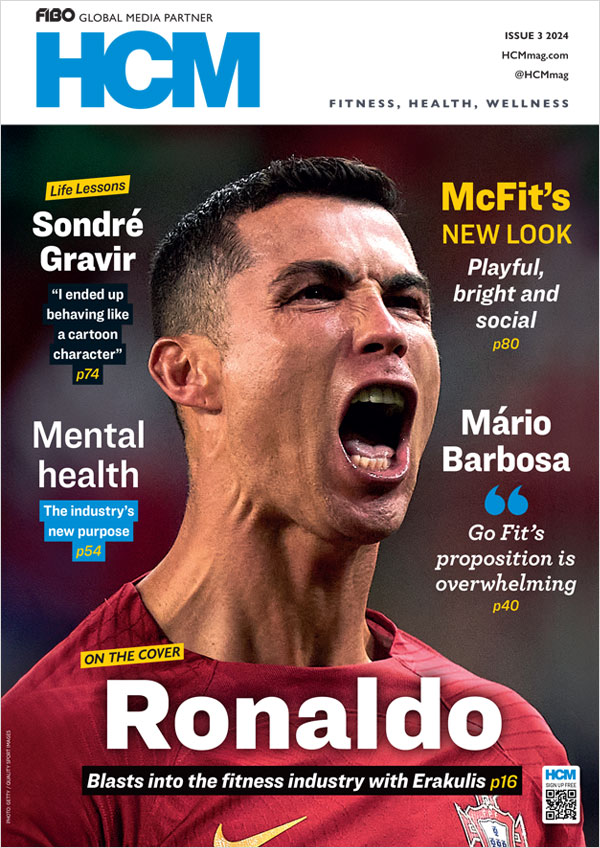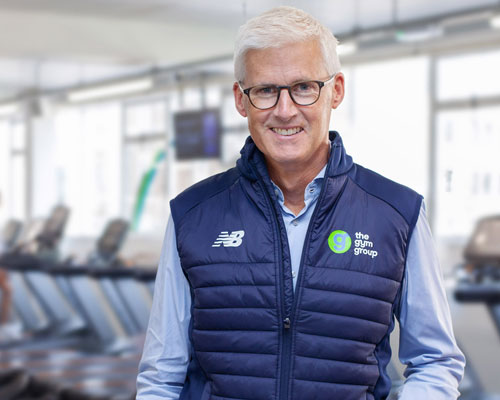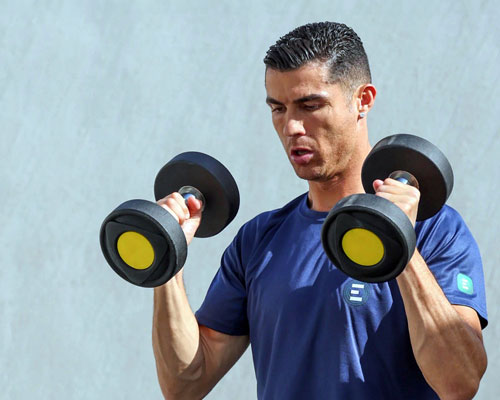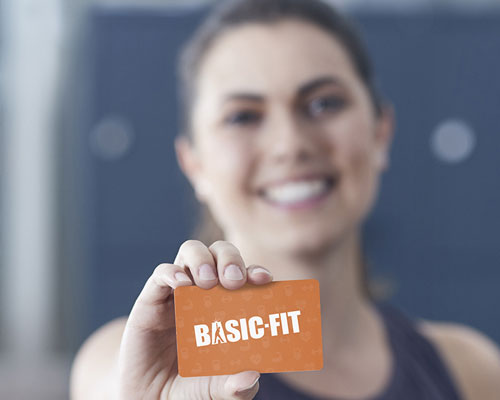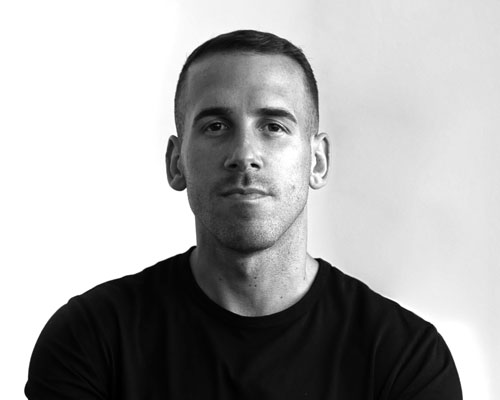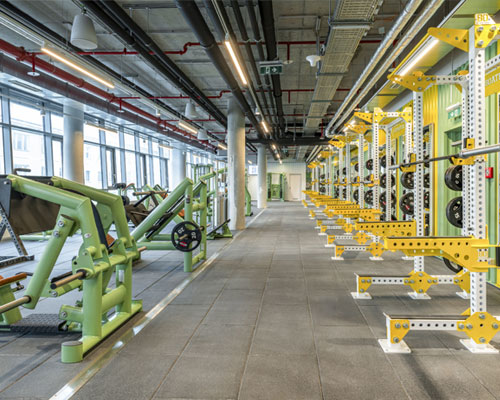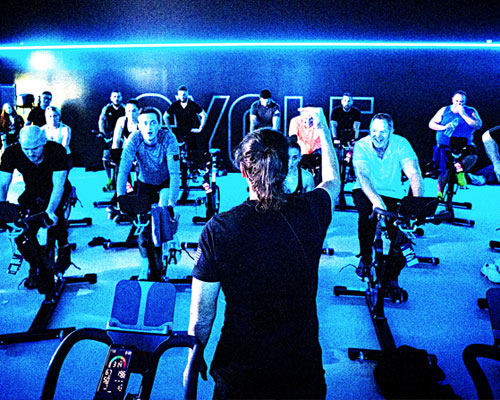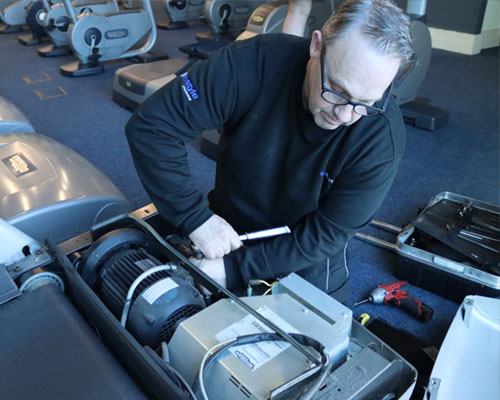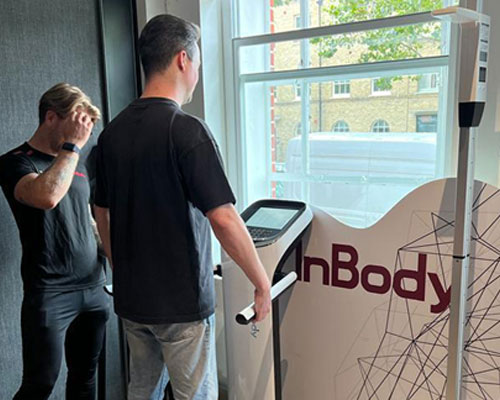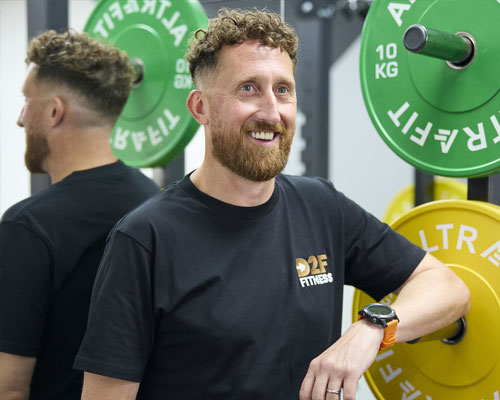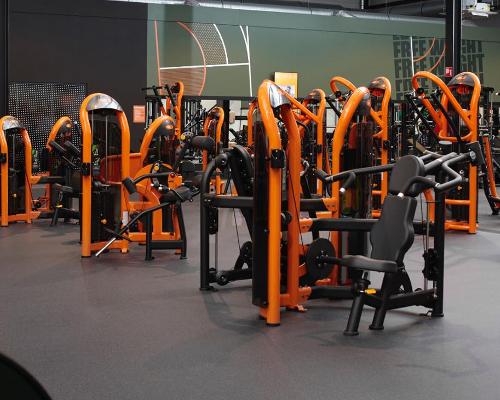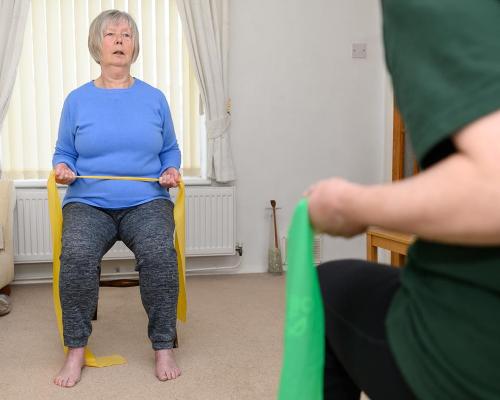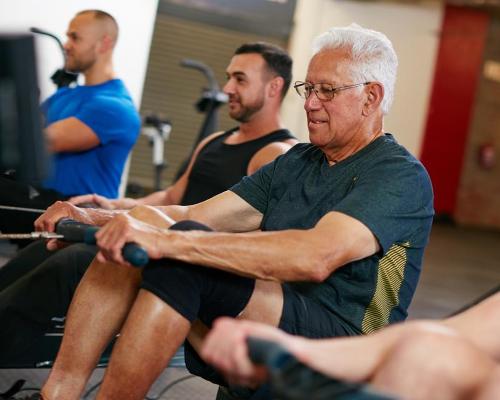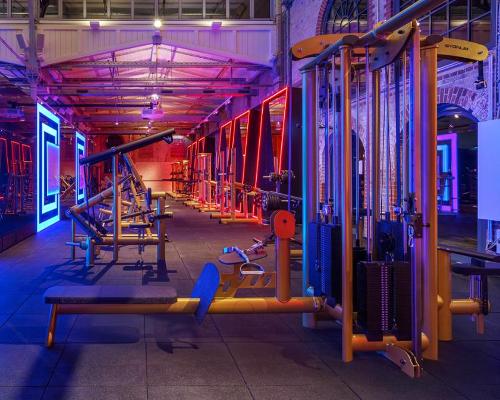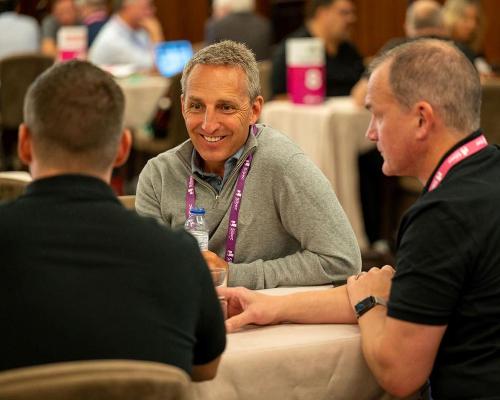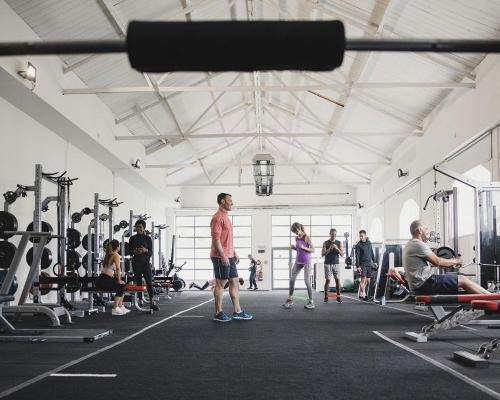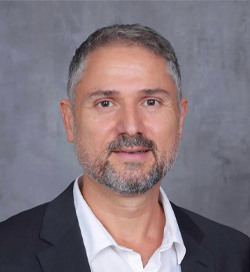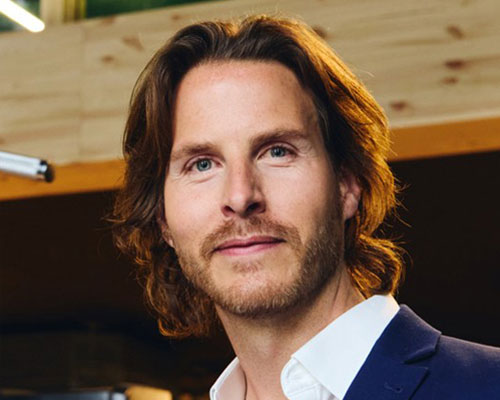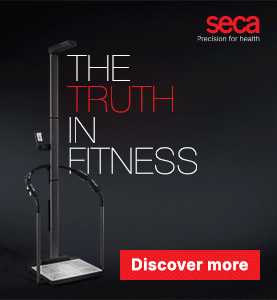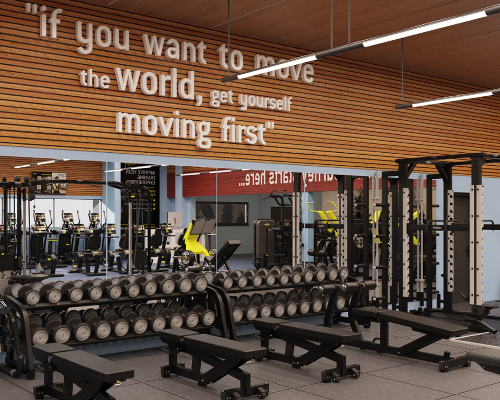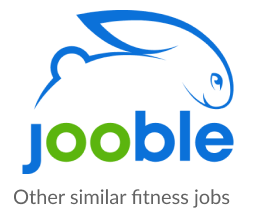features
Predictions
Time are tough but tough times bring out the best in us. Kath Hudson asks some of the world’s top industry experts where they see the glimpses of blue sky
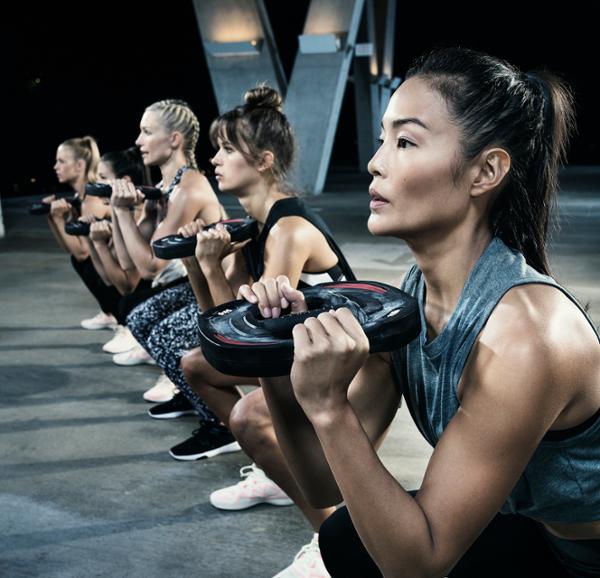

There are some reasons to be positive. McKinsey’s Future of Wellness survey states that European consumers plan to increase their spending on health and fitness services and apps over the next year. This is further evidenced by record member acquisitions being reported by major UK operators since last autumn.
Tackling retention in a financially challenging climate isn’t easy but we know members have been coming back to clubs for the social connections. At Les Mills Live in London we saw a shift in our attendees. Pre-pandemic, Les Mills events would typically see an audience split of 80:20 between instructors and club members but last year it changed to 40 per cent instructors, 20 per cent club members and 40 per cent Les Mills+ users [Les Mills’ on demand service] attending their first live fitness event.
The key to success is nurturing a strong community which drives engagement, offering an irresistible club experience, as well as engagement outside the four walls.
Outside of the club space, the evolution of fitness continues to present exciting potential to reach new audiences. A recent survey from Mindbody found 35 per cent of current members tried their current class online first. With the technology currently available, the gamification of fitness will be a natural development.
Operators now need to find ways to engage younger athletes, as millennials and boomers remain loyal members, but there’s still work to be done in appealing to Gen Z. Understanding what they’re looking for in a workout and how they spend their time will be key to providing offerings that catch their eye.
Gen Z are digital natives, so it makes sense to adopt a digital-first approach and omnifitness offerings are perfectly positioned to nurture this type of prospect. We know the majority of financial decisions are now made online, so reaching this cohort where they’re at is crucial.
The next 18 months will be a test; but it’s also a chance for the sector to lean into the challenges and embrace innovation. Creating fitness experiences which capture the imagination and stand out from the crowd is more important than ever. For those who are brave enough to be bold, exploring new ways to engage with members is a key play as we battle through this period of uncertainty.
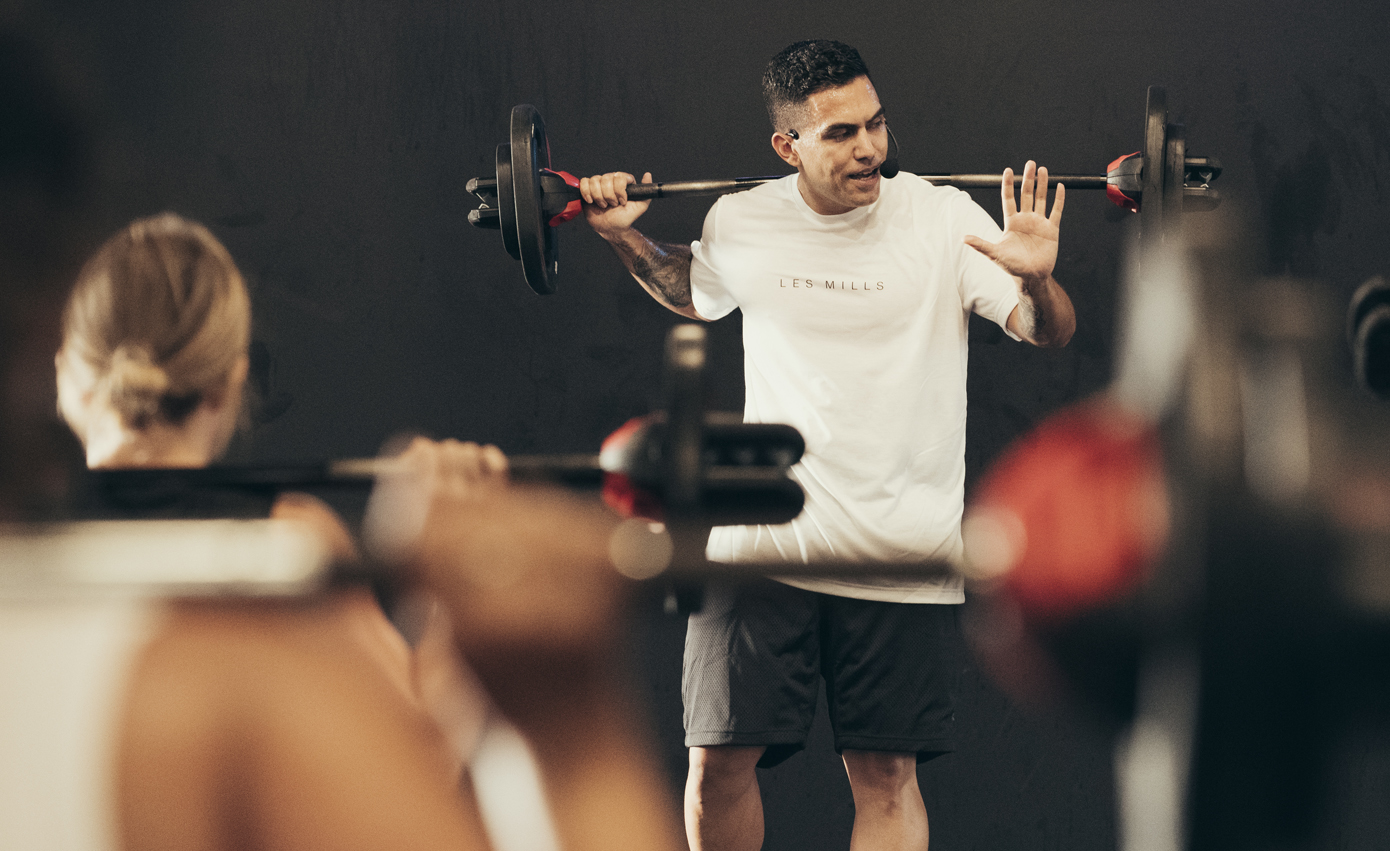
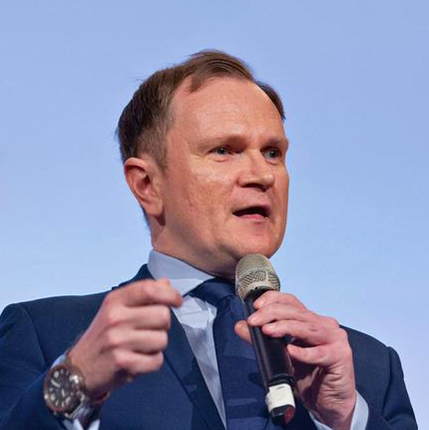
While the economic climate has created the harshest operating conditions, our sector has not allowed progress to be halted. We’ve been making inroads on the national health agenda to demonstrate even greater value and potential for our sector to relieve pressure on health and social care services. UK Active’s musculoskeletal (MSK) pilot with operators represents a potentially game-changing contribution to reduce waiting lists and increase economic productivity by supporting a healthy population.
Alongside this, we’ve seen continued advances in the development of standards across key areas – from improving inclusion and increasing female participation, to operational safety, sustainability, and digital transformation. We remain determined to drive forward sector progress to reduce inequalities and achieve our 2030 mission of bringing more than five million new members into the sector.
As people continue to face a host of threats to their physical and mental health due to the ongoing cost-of-living crisis and growing health inequalities, our sector’s role in society can grow again this year. We must continue to show the evidence for our economic and health contribution and offer the solutions necessary to support the government's ambitions for levelling-up.
The organisations that can seize these opportunities will see the biggest gains. Some are working with us and our partners across new pilots and programmes for activity and rehabilitation, while driving inclusive practices and first-class services.
We’ll see the acceleration of further modernisation of services, including digital transformation, inclusive practices, and sustainable energy use.
Based on our consultations and forecasts, the impact of the energy crisis will continue throughout 2023, making commercial sustainability the major priority for many operators in the sector. A living wage increase means managing pay scales will be vital for maintaining margins, and challenges will also remain for recruitment and retention. We will continue to work with our sector partners and the government to ensure the right levers of support and relief.
On a national level, we’ll embrace the challenges to public health by integrating our services into health systems and pathways – such as our MSK pilot programme for rehab and prehab, and new opportunities within social prescribing.
The progress made over the past few years has been driven by the commitment of UK Active and its members to share data, evidence, and insights. Going forward, we must maintain this spirit of collaboration and community because we are stronger together.
We have seen our sector thrive when it innovates and knows the leaders and upcoming stars will step into these challenges to evolve business models and operations for the better. Every year at the UK Active Awards we see the incredible passion which epitomises our sector. If one thing is certain in 2023, it is that we will see great new examples of this emerge from every part of our brilliant movement.
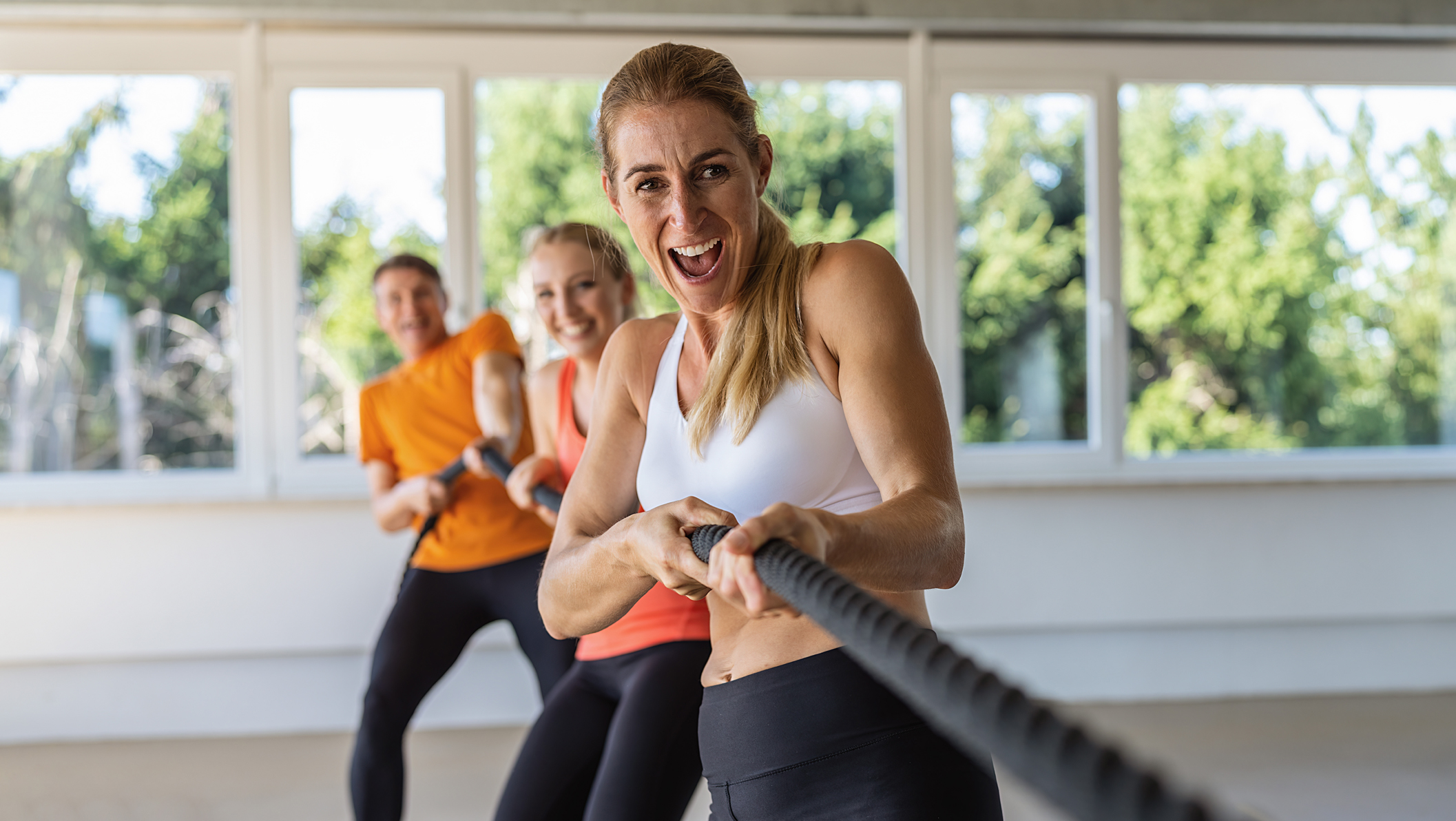


In 2020 and 2021, the European health and fitness industry was greatly impacted by COVID-19-related shutdowns. In 2022, the first year without substantial legislated club closures, brick-and-mortar fitness club operators welcomed members back to the gyms, which led to businesses rebounding at a varying pace depending on geography and market segment.
Some of the industry’s largest operators were even able to return to, or exceed, pre-pandemic membership levels with lower priced brands making the fastest recovery.
Partially driven by new club openings and acquisitions, Scandinavian SATS Group reported a record high membership base of 708,000 by the end of September 2022. Netherlands-based Basic-Fit expected the average membership levels of its clubs, across six European countries, to reach pre-COVID-19 levels by December 2022.
LifeFit Group reported a recovery of 86 per cent to 99 per cent for its brands in a like-for-like comparison of November 22 versus February 20, but is now reporting more members than pre-COVID.
The home fitness market cooled off compared to its dynamic development under lockdown conditions and sales in the home/B2C segment of connected home and traditional equipment tapered off, whereas the B2B business picked up again.
Nevertheless, while the exact future split between B2C and B2B equipment sales is difficult to predict, the overall B2C revenue levels of selected home fitness providers suggest the pandemic-induced trend towards customer-oriented equipment may sustainably lift B2C sales above pre-COVID levels.
A number of European operators have raised their membership prices and/or adjusted their operations. German low-cost operator, FitX, increased its monthly membership fees for new members from €20.00 (US$21.46, £17.65) to €24.00 (US$25.76, £21.18) in November 2021. In April 2022, McFIT raised its membership price by 25 per cent to €24.90 (US$26.72, £21.97) for new and existing customers. UK operator, The Gym Group, has increased its average headline price by nine per cent from £19.11 (€21.66, US$23.25) to £20.89 (€23.68, US$25.42), mainly driven by fee adjustments for new contracts.
Operators which have implemented energy-saving measures should be well prepared for the challenges which inflation and energy uncertainty are bringing.
GO fit, with clubs in Spain and Portugal, has reduced its water consumption by more than 7 per cent since 2019, by changing the flow rates in showers and taps. The long-term need for a shift towards more sustainable operations is underscored in a recent consumer survey by Deloitte, in which about one in four consumers said they consider sustainability in their fitness club selection.
• The European Health and Fitness Market Report 2023 has been released by EuropeActive and Deloitte and includes information on Europe’s largest operators and country markets, as well as an extensive consumer survey carried out in various European countries. More: www.hcmmag.com/EHFR23
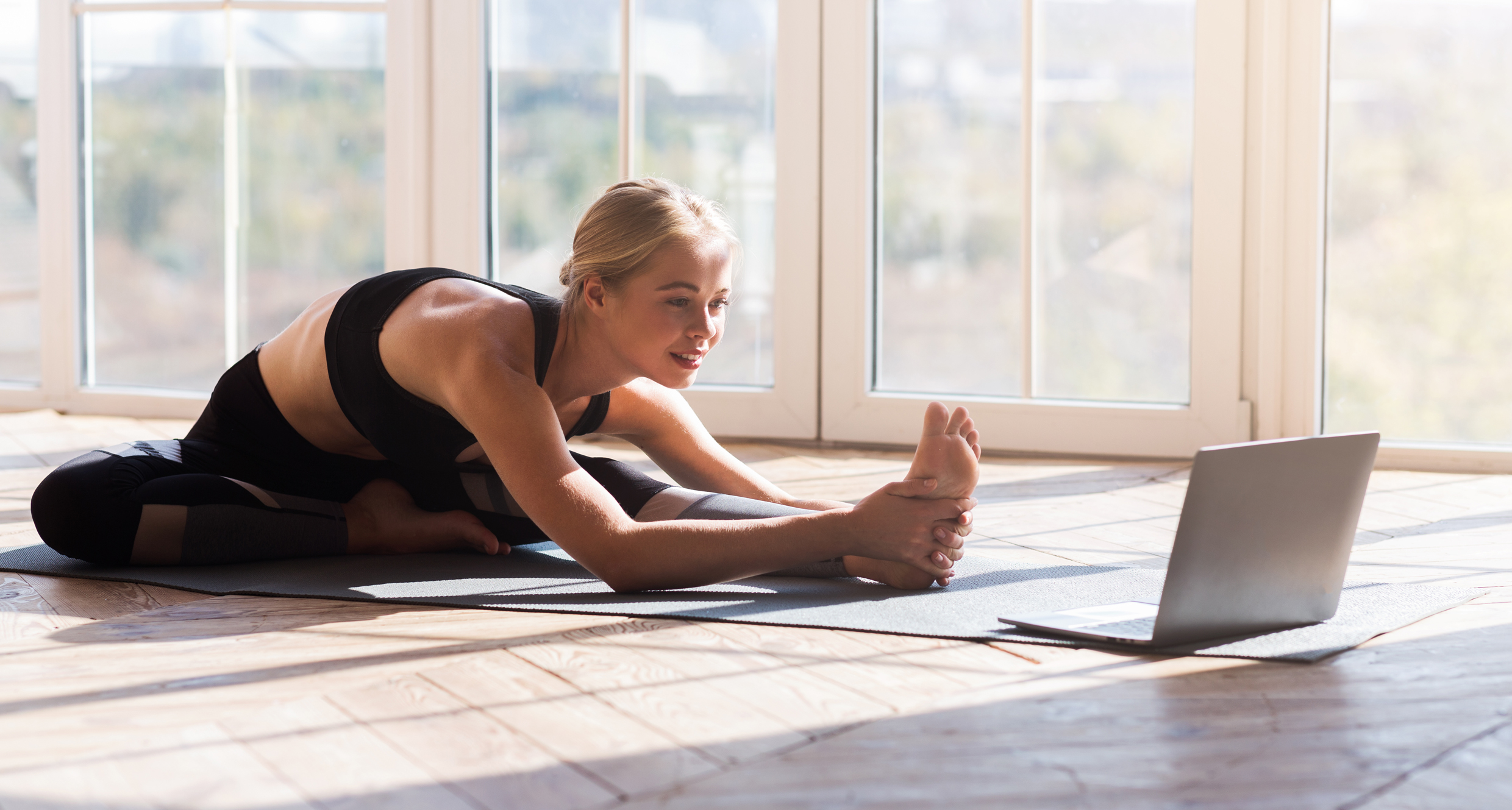


Despite the challenging operating conditions of 2022, we progressed our strategy and ongoing expansion, opening 40 new sites and refurbishing and upgrading 25 existing properties. Given the unexpected COVID challenges we faced at the beginning of the year, overall we’re pleased to have re-built our revenues back to pre-pandemic levels. However, our hopes of a strong and sustained economic recovery were dashed, partly by the conflict in Ukraine and the fallout from this.
Economic forecasts suggested 2023 would be another challenging year, with inflation representing a major challenge. While some of the cost increases can be offset through raising prices, the sort of inflation numbers we’ve been seeing thie year mean it’s not possible to offset them all, creating a tough business climate. Those operators with more energy intensive facilities, such as wet facilities, are particularly vulnerable.
With the minimum wage set to rise, inflationary increases expected from service providers and increasing energy costs, managing the cost base is even more important than usual. At PureGym, we’ve put a concerted effort into analysing how we can structurally reduce energy consumption over the longer-term to make meaningful change within our business.
We’ll be investing capital in long-term energy consumption reduction, thereby reducing cost and our environmental impact. We’re already making significant changes to the business in order to reduce water, gas and electricity usage.
When times get tough businesses have two options. They can either hunker down and make do with what they’ve got, or they can continue to invest. Investing in a downturn can drive a much faster recovery and advance market position and being bold during times like these separates the innovators from the conformists.
This downturn will be the impetus for exciting innovations. We’re already seeing this with organisations looking at their energy consumption. If energy prices return to normal levels over the longer term, PureGym will have a lower cost base than before the energy crisis, which would be a very positive outcome.
It’s an exciting time to be in this dynamic sector, which provides increasingly varied careers. Our industry also stands alone in providing a cherished product for users and has a profound impact on health and wellbeing. We have an important role to play in creating a happier, healthier nation and this mission should continue to motivate us.
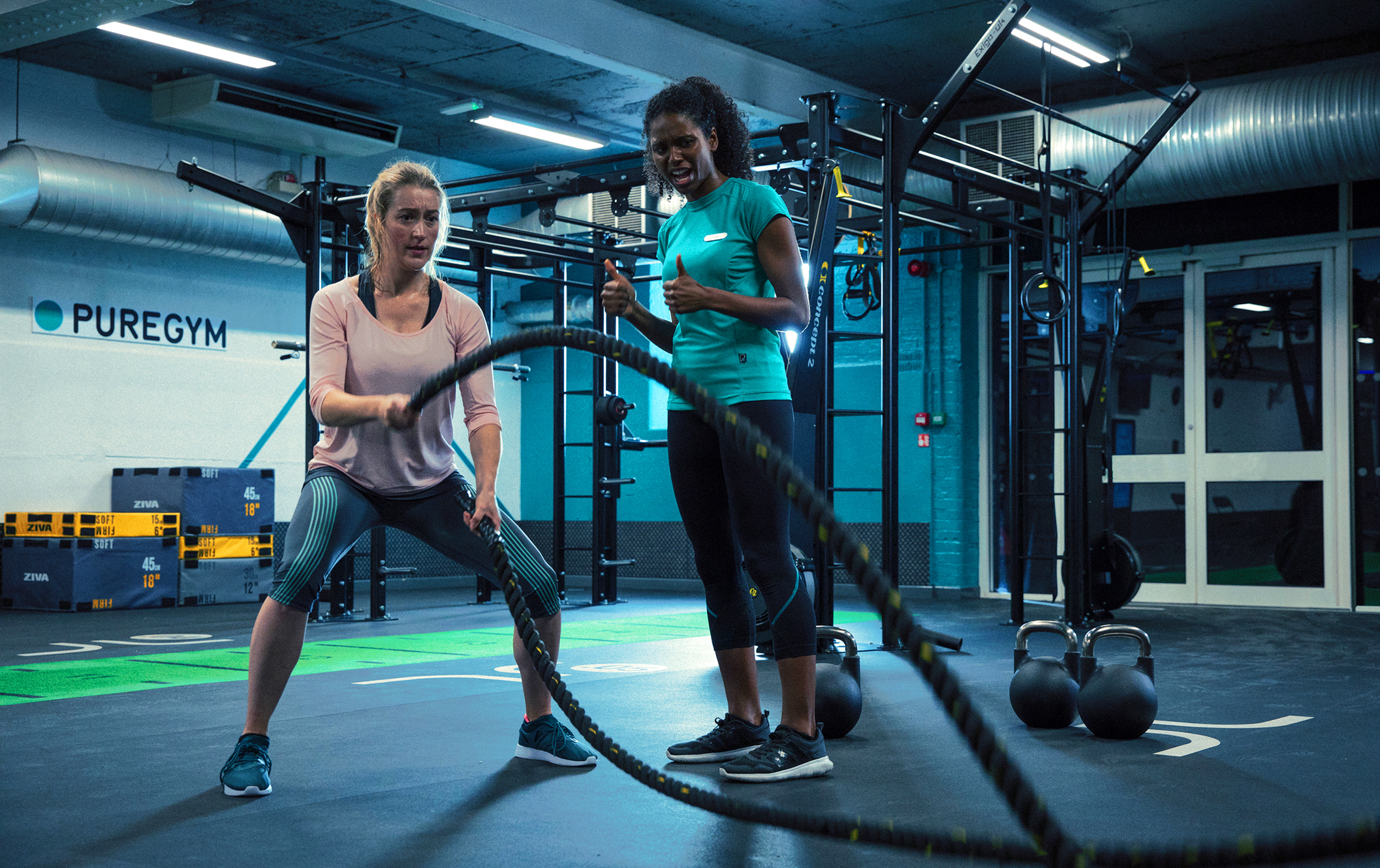
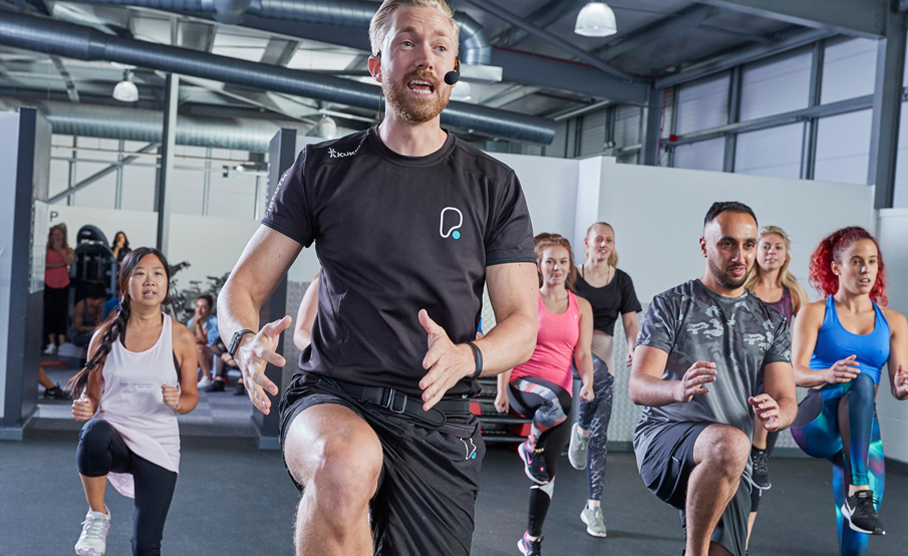


Ihope those businesses that have doubled down on their people focus will endure more sustainably as we push further into 2023. One of the toughest challenges for the sector is our ability to attract and retain talent. Despite our noble purpose, the reality of working in fitness can be disappointing, particularly for fitness fanatics. We need to get clear on what it is we promise to deliver to employees, beyond the usual.
AI and digital/tech-enabled functions will doubtless continue to command the headlines, however I’m not sure tech-driven solutions are the sole route to and root of innovation. For me, innovation is an approach to thinking about your business: cultural rather than functional. Product innovation occurs when you start with a question, identify a real problem – one which is based in emotion/customer pain – and develop a product which solves it. That solution is not always an equipment or digital-led answer and I’d love to see a more holistic view of innovation in our industry.
Notwithstanding the uncertainty of 2022 and some of the common frustrations we all feel, we had an amazing year at Total Fitness. We got to grips with our Employee Value Proposition; developed our first proprietary product and conceptualised the next; completed reams of rich listening and insights; tidied up our IT infrastructure; kicked off our homegrown GM programme and appointed five of our own; delivered five personal leadership programmes and launched and delivered our proprietary coaching with strengths personal development programme in partnership with Gallup research.
In 2023, we’re addressing the needs of a specific segment of our membership base: women. Having spent a great deal of time understanding the problems females experience and how we might solve them, we are now looking forward to exploring the specific needs of other segments.

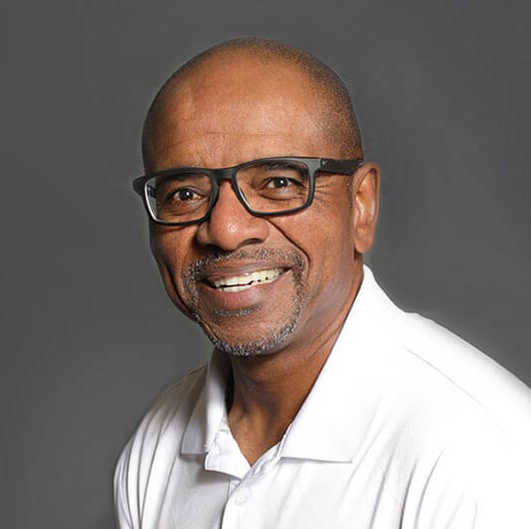
In the US fitness sector we are cautiously optimistic. There are some encouraging signs we are starting to move in a more positive direction. In 2022 it was heartening to see more organisations working together to encourage people to become more physically active and to get physical activity embedded into the healthcare system, working together to effect policy changes and get physical activity referred, such as the Active People Healthy Nation initiative to get 27 million people to move more.
A hidden blessing from the pandemic was that it made people more conscious about looking after their health. The more active people - who were on top of stress management, nutrition and their sleep - tended to be less at risk of contracting the virus and fared better when they caught it. It has also prompted people to look at health and physical activity differently: instead of being so focused on working out to lose weight and look better, they are taking a more holistic view around stress management and improving their overall health and wellbeing.
Going forward, operators should work towards understanding the needs and desires of their member base, coming up with strategies to make members part of the solution. For example, we’re starting to see clubs setting up member councils to involve members in the identification of programming and services.
I predict we will see more fitness professionals upskilling themselves to help people more effectively with behaviour change. Most people would agree exercise is beneficial, but many of them can’t put that desire into action. It’s a complex challenge which requires multiple approaches, but I think our industry will increasingly find ways to help people navigate that difficult process, looking into the science of behaviour change and new habit formation.
Fitness professionals will take a more individualised approach, talking to their clients about what has and hasn’t worked in the past and working with the client to create a change process.
Equality, diversity and inclusion will be pushed higher up the agenda, to make sure we are welcoming to everyone and that our services offer equal access to all the community.
One of the hidden blessings of a challenge is that we have to reimagine how we do things, so I believe this will be a fruitful time for innovation.
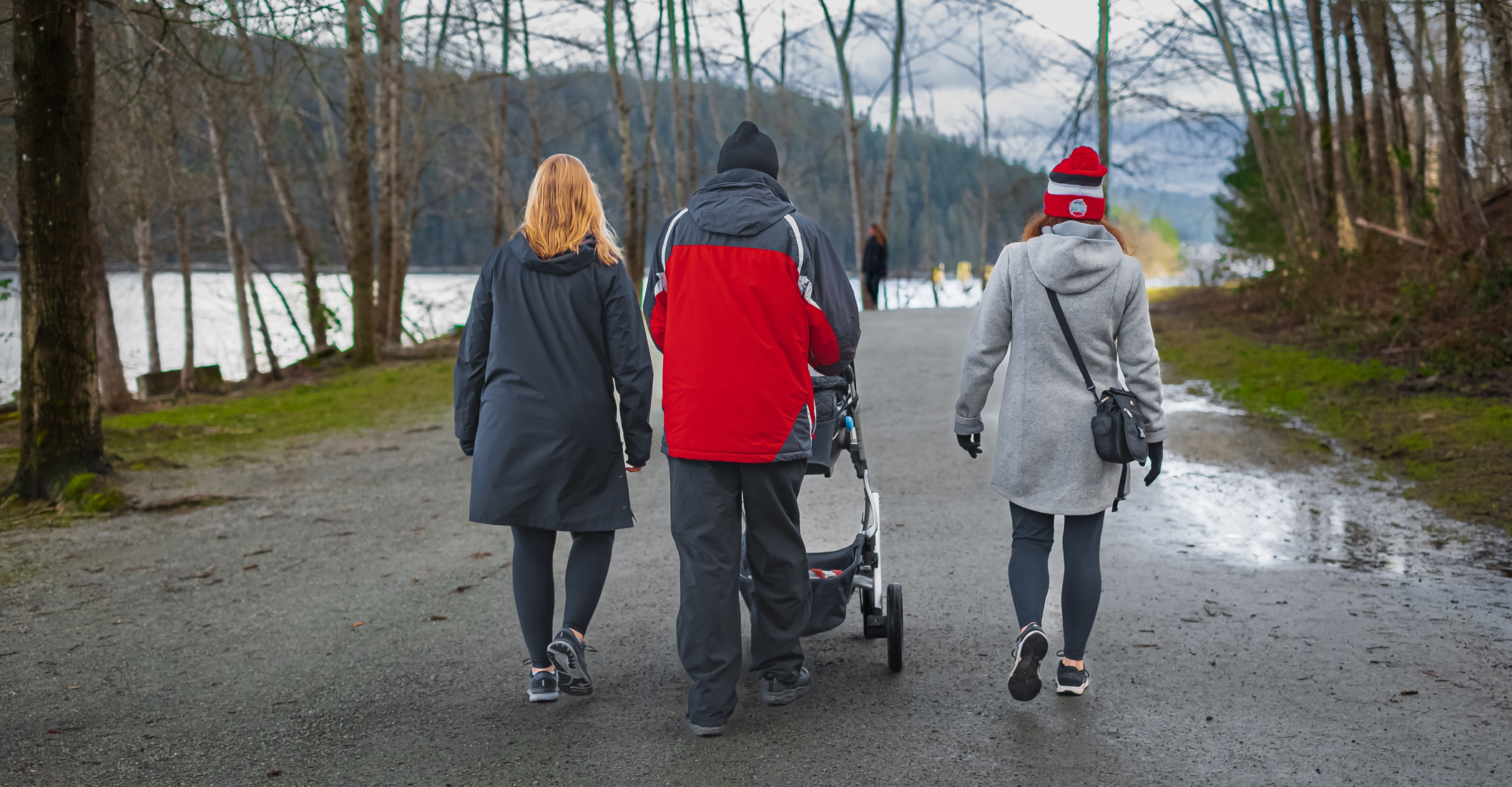


In March 2022, Activity Alliance secured a long-term funding commitment from Sport England which will help us to deliver our vision of fairness for disabled people in sport and activity. This funding highlights Sport England’s ambition to truly put millions of disabled people at the heart of its strategy, Uniting the Movement.
However, there’s still a lot of work to be done in terms of inclusion. Our Annual Disability and Activity Survey for 2021-22 showed slow progress in engaging disabled people after the pandemic. Disabled people remain the least active in society, even though 8 in 10 want to be more active. Research by Scope also revealed the cost-of-living crisis is having a disproportionate impact on disabled people.
Although health and fitness operators are showing more awareness when it comes to inclusive practices this isn’t automatically translating into implementing meaningful changes. Many disabled people feel a significant number of people within the workforce do not understand their needs and that activity spaces aren’t fully accessible.
However, our research showed there’s a strong desire among operators to provide more inclusive activities and improve experiences for disabled participants. We’ve also seen increased interest in our online customer service resources and The Tackling Inequalities in Leisure Standard which helps leisure operators to provide more inclusive and accessible physical activity opportunities for people from a range of under-represented groups.
Talking to disabled people about their wants, needs and values is key. In such a challenging economic situation, with limited resources, it is vital that what is available is used in a way which includes those who most need the support to get active. Many disabled people feel forgotten and health and fitness operators are facing many challenges, so it is crucial we work together to change attitudes towards disabled people in sport and activity and embed inclusive practice into organisations.
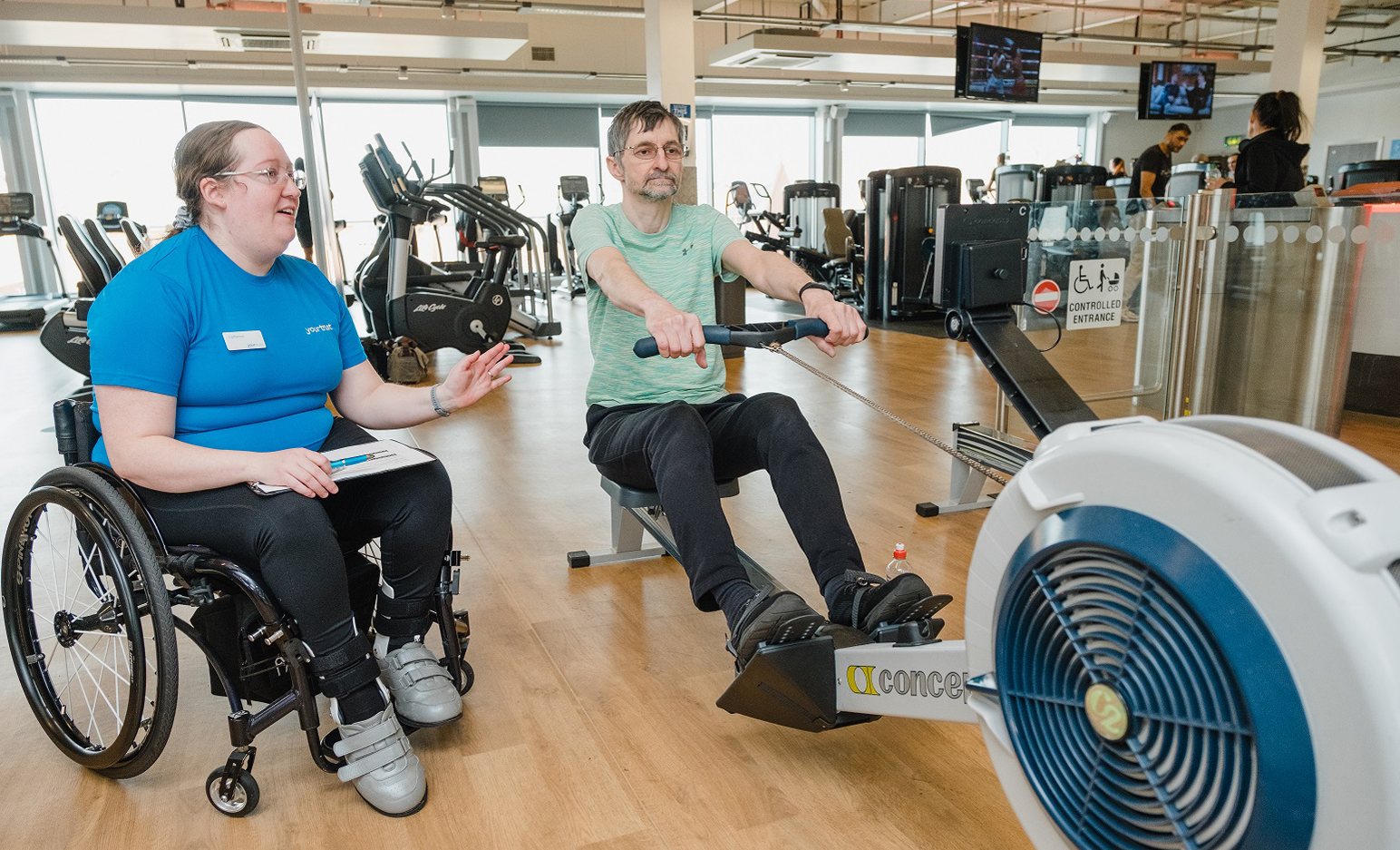
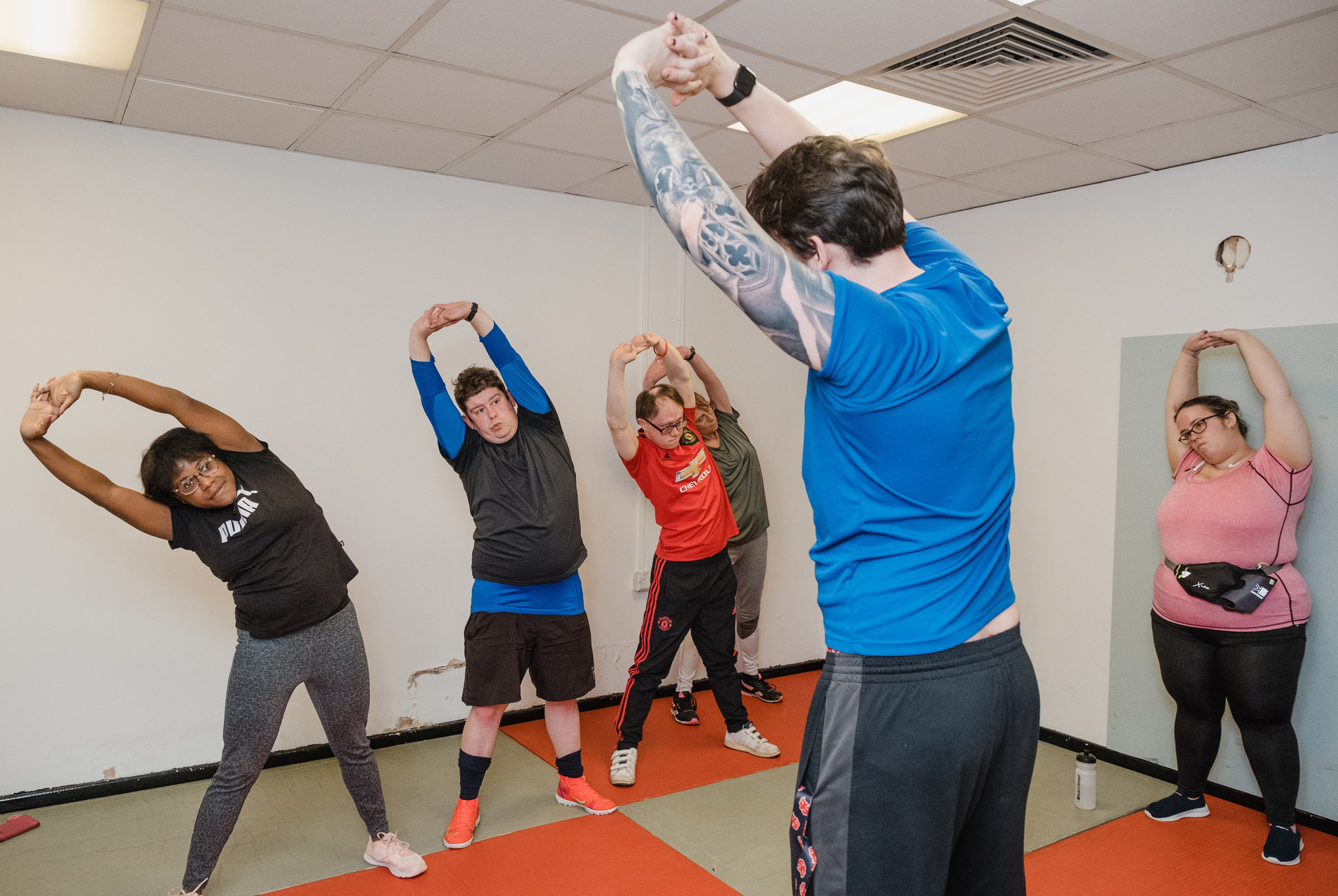
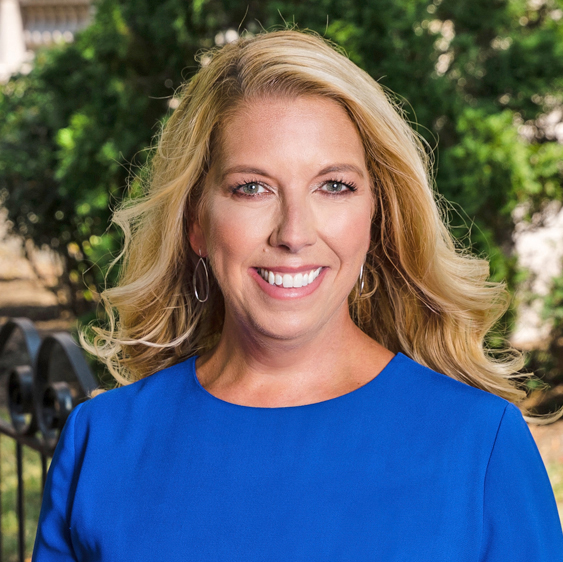
Despite positive growth and opportunity across many parts of the industry, the impacts of pandemic closures and restrictions reverberated into 2022. A quarter of all US clubs had closed permanently and industry jobs and membership are still recovering.
However, IHRSA is developing a robust advocacy programme in the US and internationally and we’re continuing to evolve our member services and research to meet industry needs, as well as refocusing our convention and partnership programmes to shape the industry’s future.
I’ve heard 2023 called the real year of recovery and believe this is true for our industry. We’re seeing a flurry of interest and activity in the franchise space, and we continue to see increasing interest from private equity in studios and gyms as in the rest of the health and fitness sector.
At IHRSA we face the challenge of dozens of new Representatives and Senators with whom we will need to quickly build relationships. We will also continue to be nimble in facing legislative and regulatory action in a number of key states.
Our members face the ongoing crunch of energy costs, together with lingering ripples from the supply chain crisis. And we’re all competing for consumer and stakeholder eyeballs and attention in a crowded and noisy climate.
Tough times force the best qualities to the forefront, and some of the best invention and innovation have come from the worst of times. Our industry’s innovation continues to inspire me because the mission is simple: helping people be healthier and more fit. Whether in systems, programmes and classes, style or technology – innovation is taking place in every corner of the sector. I’m proud to help share that story at our convention, to key stakeholders and government officials.
I’m so proud to represent each part of this industry and for the engagement we’re seeing in support of IHRSA and our domestic and international alliances.
Consumers are excited to be back in open gyms and studios, to be participating in new programmes, and our members have worked hard to regain stability and upward trajectory, which has enabled them to come together in the association as never before. I’m excited about what the second half of 2023 will bring.
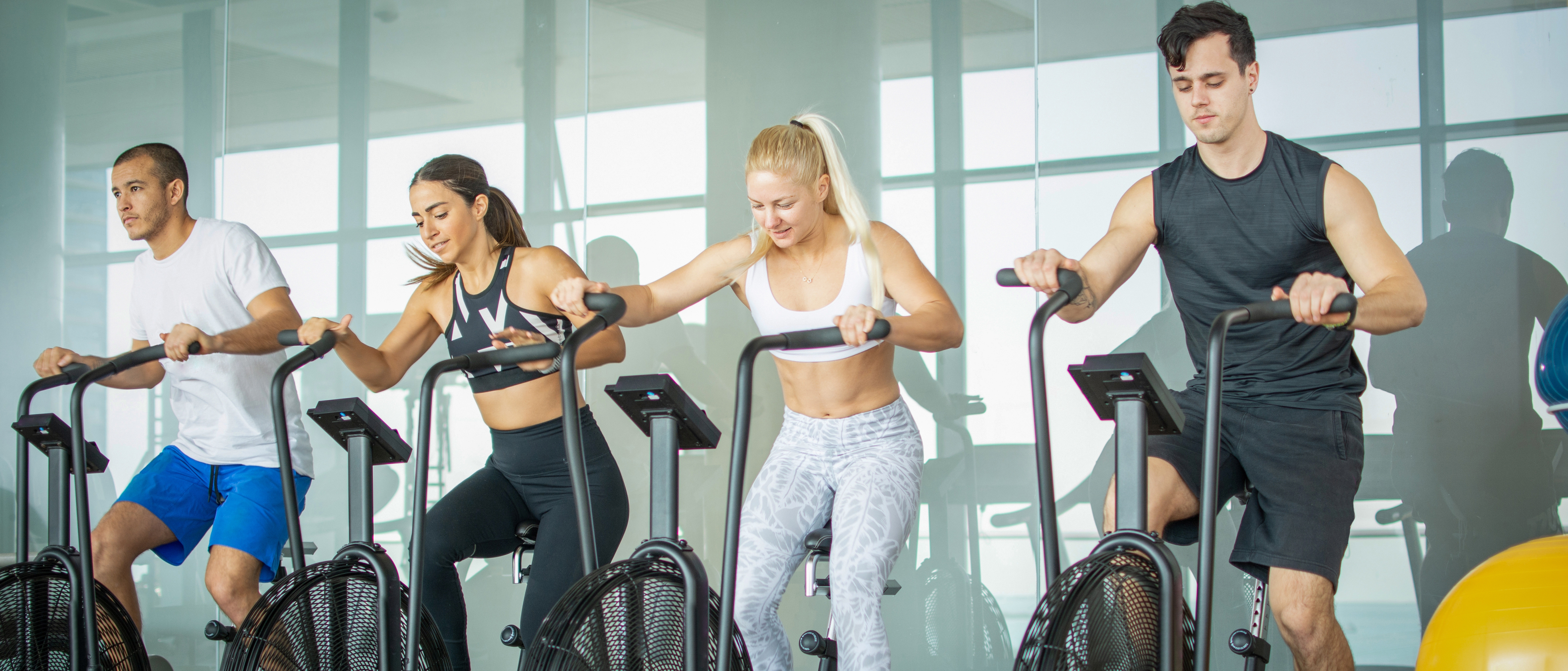

Without the Chancellor’s much needed last minute pledge of £63m to support local authority facilities through the energy crisis, I feared that keeping our doors open would have been one of our biggest challenges this year. But as Sport England’s Active Lives data suggests, activity levels are reaching pre-pandemic numbers and the sector is stabilising.
This gives us the opportunity to harness the progress we made pre-COVID in promoting health and wellbeing. It’s imperative we use this time to look ahead and ensure our work is fully understood and integrated into cross-departmental thinking within government.
Organisations such as CIMSPA, SRA, LGA and UK Active will continue to work together and speak with one voice on behalf of the sector. We must be laser focused on our demands and more courageous in holding government to account. Crucially, other government departments need to hear and understand the health, social and economic impact our sector can have on their portfolios.
Our sector is often accused of having poor data, so we must get better. We tend to talk in general terms about the impact of the sector, but we need to be more specific with our data. For example, knowing that £1 spent in Wokingham will reduce cases of diabetes by X per cent is much more useful than the generic stats we currently use. We’re investing massively in research and data impact assessment and will continue to do so to ensure we don’t duplicate and that data is seen, understood and heard.
When local and devolved authorities start planning for future budgets, we must make sure we’re part of the solution, along with other agencies. I expect to see more leisure operators focus on developing partnerships and collaborations in their local areas to take health prevention into the community. Operators are working hard to ensure physical activity is accessible to everyone who might and should benefit from it, rather than just being a leisure pastime. We’re broadening our remit beyond fitness to promote activity for the benefit of health and wellbeing and the prevention of disease and ill-health.
This sector is brilliant at working under pressure and we know we can innovate with our backs against the wall, however, innovating reactively is not sustainable and does not make for a healthy sector. It’s essential government collaborates to proactively innovate across a much wider spectrum.

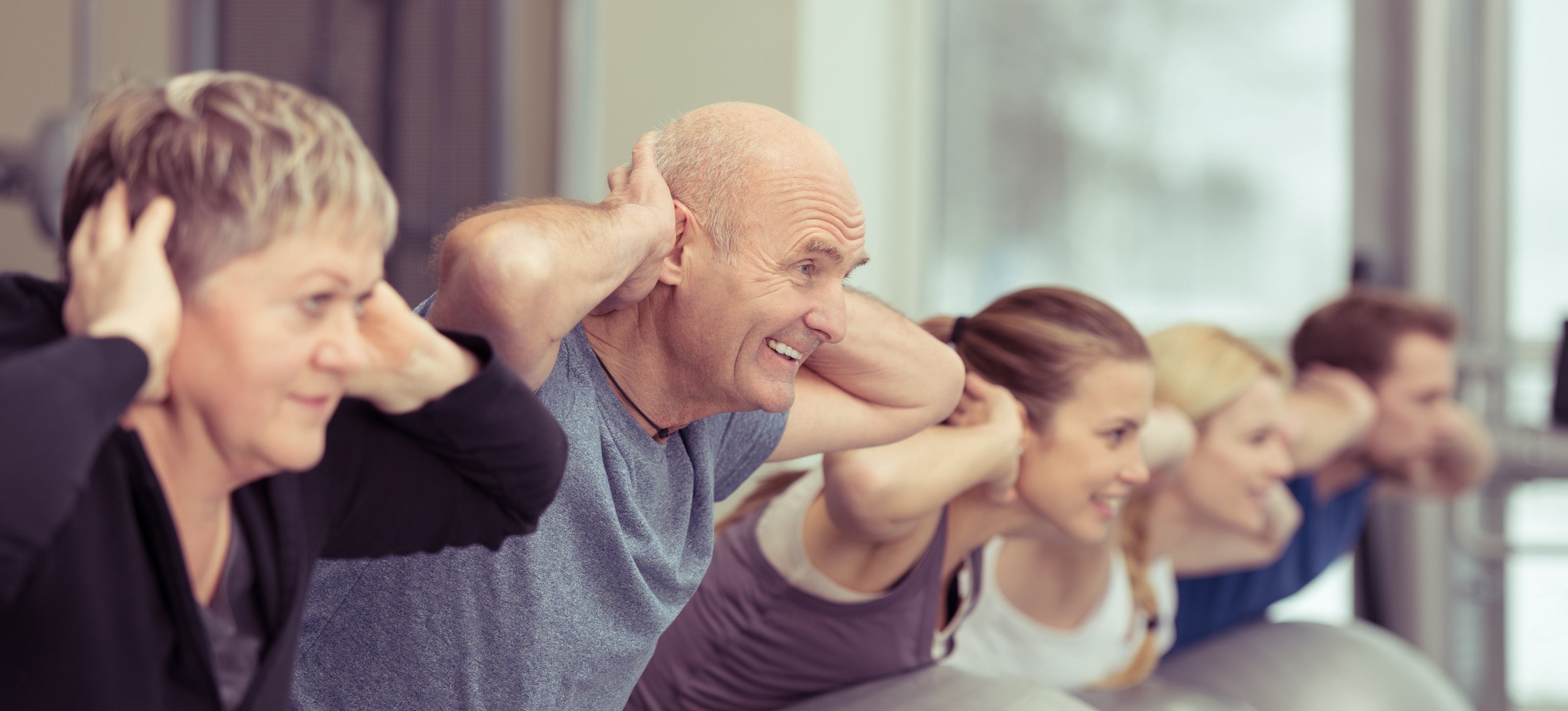

In 2022 we were hopeful of bouncing back from the pandemic in terms of participation and operations at our facilities. While the pandemic had a major impact on our business, it also gave us the opportunity to digitalise and rationalise what we offer, which aided our strong recovery.
However, we couldn’t have predicted the scale of the energy crisis which has destabilised the entire sector. Tripling energy costs cannot be sustained by the industry and without support some smaller organisations will struggle to survive and many leisure facilities may close. Everyone Active is doing all we can to mitigate the increased energy costs by reducing energy usage through innovation, investment, and our educational campaign ‘Everyone is Reducing Carbon’. In 2023, we will maintain our focus on achieving our net zero ambitions and we will continue investing in innovative solutions to reduce our company’s carbon emissions.
The cost of living crisis will continue to impact the industry, as people make difficult decisions on what they spend their money on. Personally, I feel people recognise the paramount importance of leisure facilities to support their mental and physical health and we may feel the effects less than other industries.
Collaboration will be key to tackling the challenges our industry faces. My hope is the leisure industry will work far more closely with the health sector in 2023. As a nation we need to create a healthy society which is supported and maintained by our sector. This requires an alignment of health and activity sectors outcomes, which will take a while but I hope the building blocks and strategy to make this happen will begin this year.
Innovation has been important over the last few years and will continue to be in the years to come, as the industry moves towards a more sustainable future.
Digital innovation is also pivotal. In 2022, Everyone Active supported UK Active and Sport England as one of the digital leaders for the Digital Futures report, which highlighted the need for fitness and leisure operators to accelerate their digital strategies this year. I believe digital strategies can be part of the solution to tackling the current challenges in the industry. These solutions will come at a financial cost but can help to make leisure facilities sustainable for the future.
